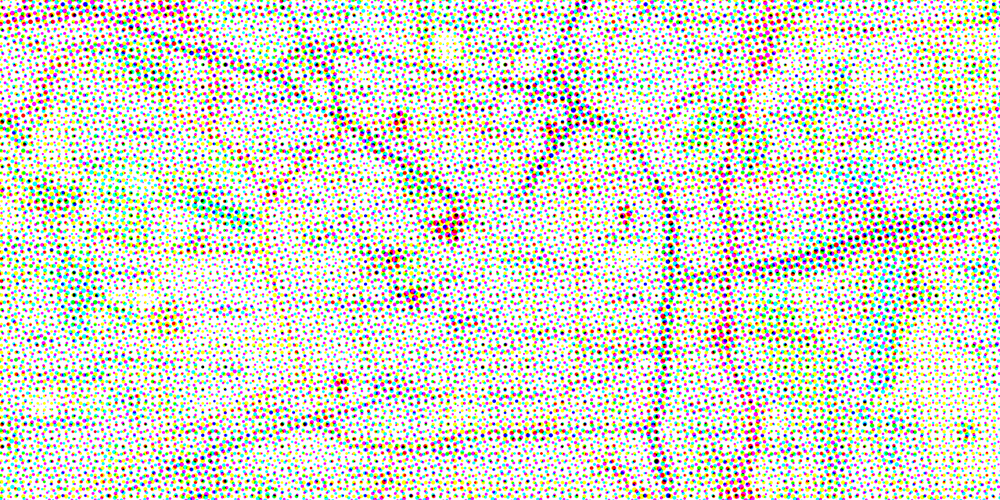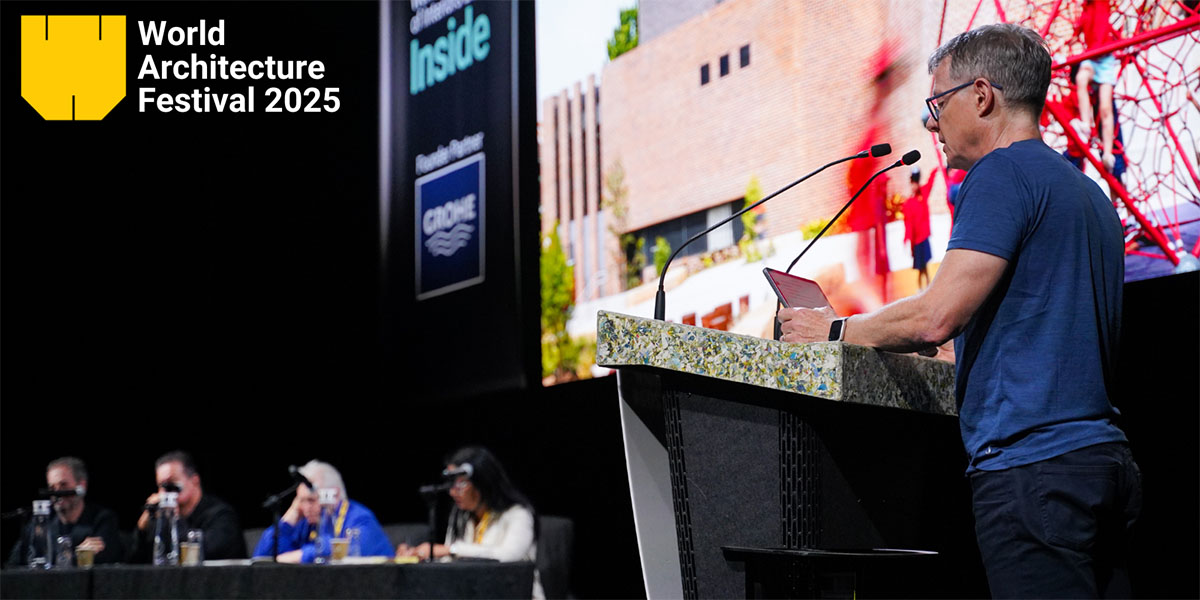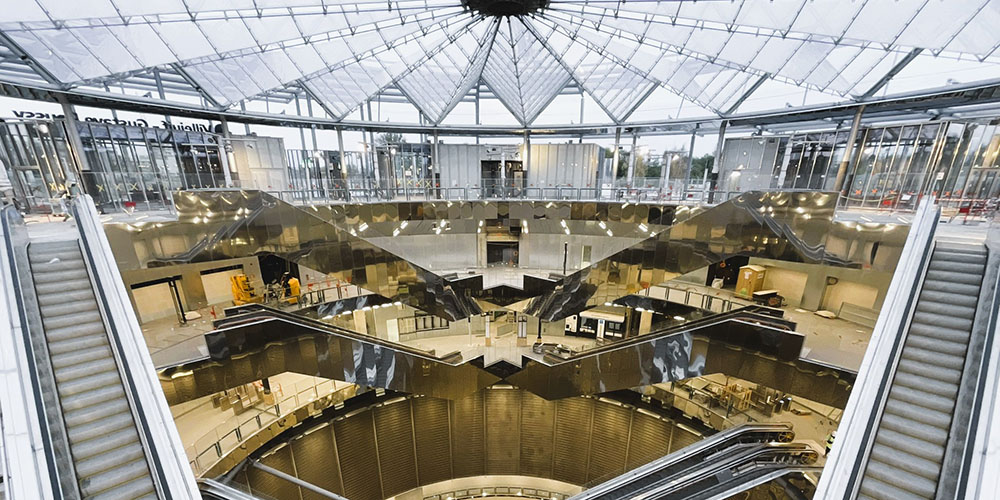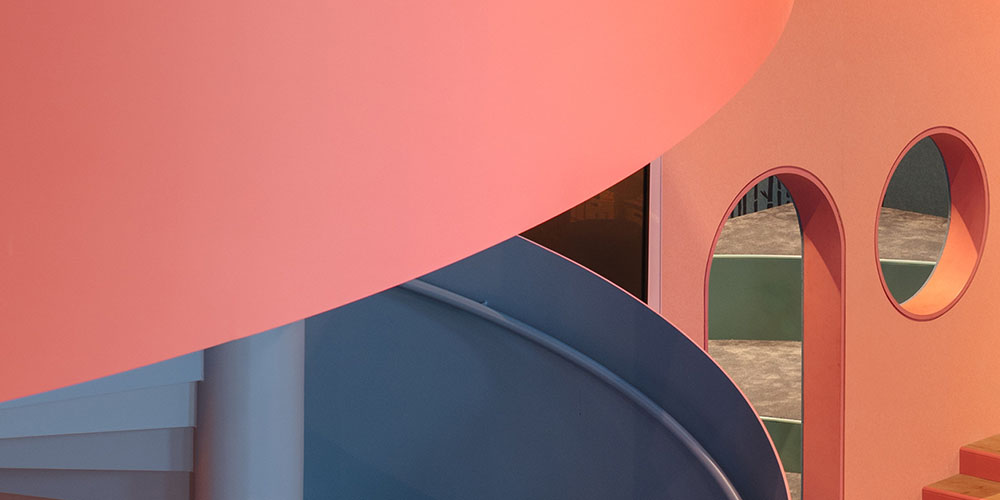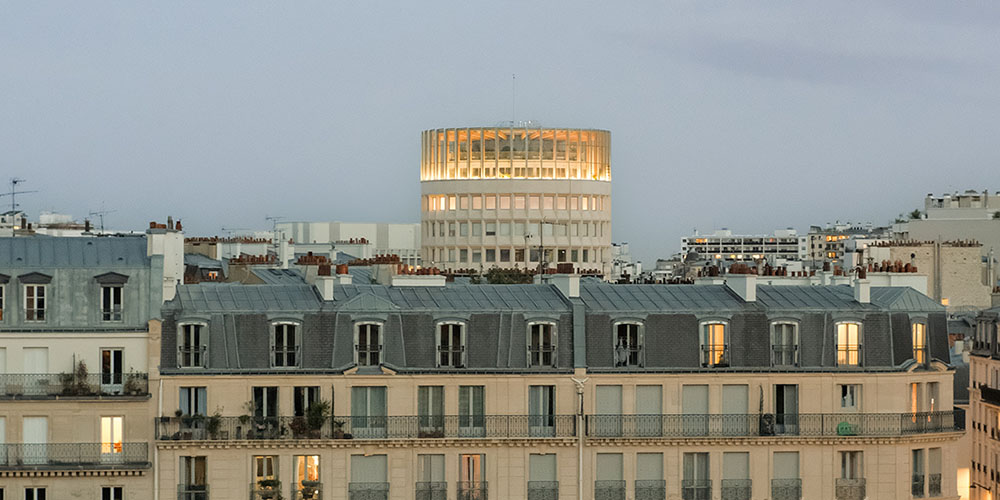The Pritzker Architecture Prize has named Liu Jiakun as the 2025 Laureate. This prestigious award, widely considered the highest honor in architecture, recognizes Jiakun’s approach’s exceptional contributions to the field.
“Architecture should reveal something—it should abstract, distill and make visible the inherent qualities of local people. It has the power to shape human behavior and create atmospheres, offering a sense of serenity and poetry, evoking compassion and mercy, and cultivating a sense of shared community,” Liu Jiakun says.
Liu Jiakun’s architecture skillfully navigates the interplay between contrasting elements, such as utopia versus everyday life, history versus modernity, and collectivism versus individuality. His work affirms the significance of architecture in enhancing the lives of ordinary people, focusing on the transformative power of design to create spaces that foster community, compassion, and elevate the human spirit.
The 2025 Jury Citation emphasizes Liu’s exceptional body of work, noting his deep coherence and consistent quality: “Through an outstanding body of work of deep coherence and constant quality, Liu Jiakun imagines and constructs new worlds, free from any aesthetic or stylistic constraint. Instead of a style, he has developed a strategy that never relies on a recurring method but rather on evaluating the specific characteristics and requirements of each project differently. That is to say, Liu Jiakun takes present realities and handles them to the point of offering sometimes a whole new scenario of daily life. Beyond knowledge and techniques, common sense and wisdom are the most powerful tools he adds to the designer’s toolbox.”
Liu Jiakun’s approach
Liu Jiakun’s approach to urban design focuses on creating public spaces in densely populated cities, where open space is scarce. His projects integrate diverse civic needs by reimagining traditional roles for public spaces. One notable example is the West Village in Chengdu (2015), a five-story structure that spans an entire city block.
It contrasts with the surrounding high-rise buildings, creating an open yet enclosed environment with sloping pathways for pedestrians and cyclists, supporting a variety of cultural, recreational, office, and business activities. This design fosters a positive relationship between density and open space. Similarly, the Sichuan Fine Arts Institute Department of Sculpture (Chongqing, 2004) employs a unique approach to maximizing space, using protruding upper levels to extend the footprint of a narrow structure.
Alejandro Aravena, Chair of the Jury and 2016 Pritzker Prize Laureate, comments, “Cities tend to segregate functions, but Liu Jiakun takes the opposite approach and sustains a delicate balance to integrate all dimensions of urban life. In a world that tends to create endless dull peripheries, he has found a way to build places that are a building, infrastructure, landscape, and public space at the same time. His work may offer impactful clues on how to confront the challenges of urbanization, in an era of rapidly growing cities.”
Liu’s designs demonstrate a deep respect for culture, history, and nature. His reinterpretation of traditional Chinese architectural elements, such as the flat eaves of the Suzhou Museum of Imperial Kiln Brick (2016) and the window walls of the Lancui Pavilion of Egret Gulf Wetland (2013), brings a modern sensibility to ancient forms.
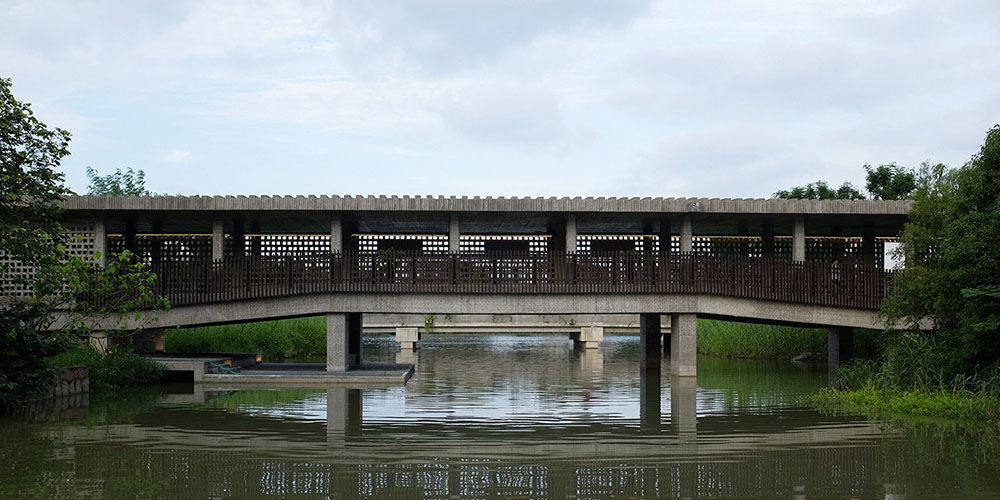
Suzhou Museum of Imperial Kiln Brick | Photography: Jiakun Architects
He also incorporates local flora into his projects, such as planting indigenous bamboo groves and creating spaces where plants and trees can thrive within the architecture. Buildings like the Renovation of Tianbao Cave District of Erlang Town (Luzhou, 2021) dissolve into their natural surroundings, showcasing Liu’s belief in the reciprocal relationship between humanity and nature.
Culture The Renovation of Tianbao Cave District of Erlang Town.
Liu’s commitment to honest and enduring architecture is reflected in his use of raw, local materials that sustain both the environment and the community. For instance, in the Department of Sculpture building, he exposes the intricate details of traditional Chongqing sand plastering, celebrating the craftsmanship of the region. He also recycles materials from the 2008 Wenchuan earthquake to create “Rebirth Bricks,” a testament to the resilience and resourcefulness of local communities. These bricks are used throughout several of his projects, including Novartis (Shanghai) Block – C6 (2014) and Shuijingfang Museum (2013).
Tom Pritzker, Chairman of The Hyatt Foundation, which sponsors the award, praises Liu’s architectural philosophy: “Liu Jiakun uplifts through the process and purpose of architecture, fostering emotional connections that unite communities. There is a wisdom in his architecture, philosophically looking beyond the surface to reveal that history, materials, and nature are symbiotic.”
Liu Jiakun’s career spans over four decades, with more than thirty projects that include academic and cultural institutions, civic spaces, commercial buildings, and urban planning projects throughout China. His notable works include the Museum of Clocks at the Jianchuan Museum Cluster (2007), the Design Department building at Sichuan Fine Arts Institute (2006), and the Nanjing International Architectural Art Practice Exhibition Guest Room Center and the Chengdu High-Tech Zone Tianfu Software Park Communication Center (2010).
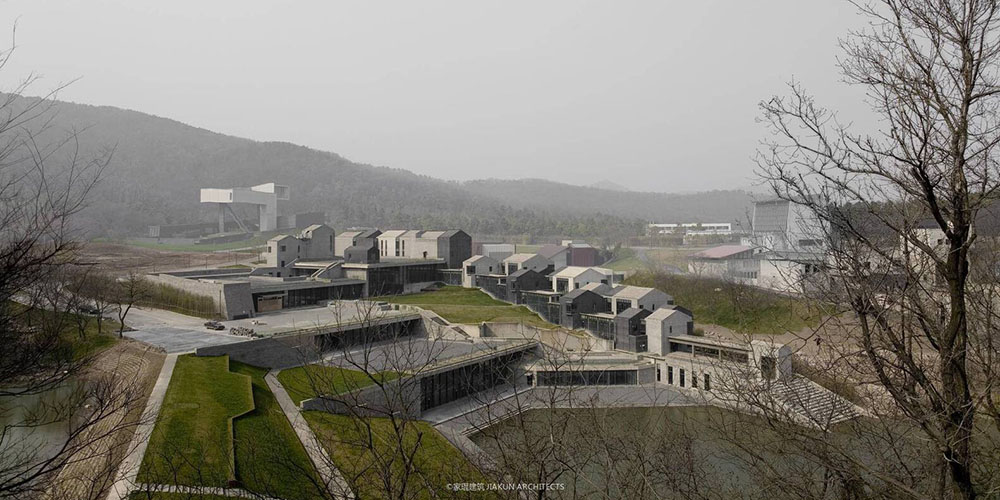
Nanjing International Architectural Art Practice Exhibition Guest Room Center | Photography: Jiakun Architects
Liu Jiakun, the founder of Jiakun Architecture (established in 1999), will be honored as the 54th Laureate of the 2025 Pritzker Architecture Prize. He resides and works in his native Chengdu. A celebration in Abu Dhabi, United Arab Emirates, will take place this spring, and a virtual ceremony will be held later in the year. A public Laureate Lecture and Panel Discussion will also be available in May, both in person and online.




